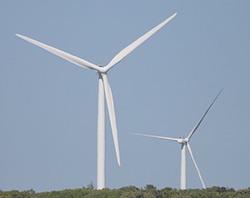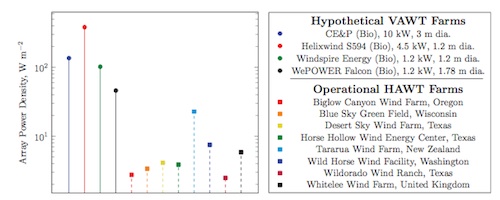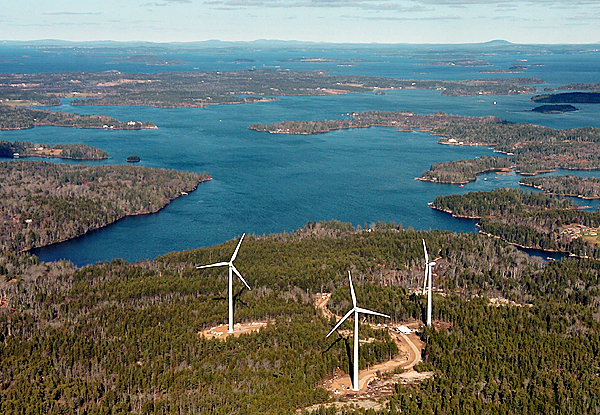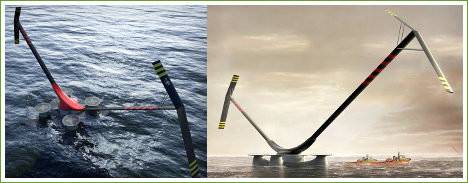Looking for Wind Industry Leadership in Reducing Noise Impacts
Human impacts, News, Science, Wind turbines Comments Off on Looking for Wind Industry Leadership in Reducing Noise ImpactsRenewable Energy World has just published a commentary I wrote, urging wind industry professionals to reassess their current one-size-fits-all approach to community noise standards. You can read it in full, with links to sources and comments from others, on their site. They’ll be seeding it into their email newsletters during the week, likely triggering a few waves of readership and comments.
Here’s a pdf if you want to download it to read it offline. I’m reproducing it here as well:
Looking for Wind Industry Leadership in Reducing Noise Impacts
By Jim Cummings, Acoustic Ecology Institute
The wind industry is at an important fork in the road regarding community noise standards. After years of successfully using relatively small setbacks in farm and ranch country, recent years have seen a surge of noise complaints, troubling annoyance-level surveys, and widespread fear of new wind development. Though sound levels of 45-50dB have been taken in stride by many, even most, places where early industrial wind development took place, it’s becoming apparent that for some types of communities, sound levels of even 40dB are triggering high levels of community push-back. The industry’s first responses to this emerging problem have been counterproductive: discounting the prevalence of complaints, vilifying acousticians seeking to understand the shift, and most fundamentally, insisting to county commissions nationwide that “widely accepted” community noise standards that have worked elsewhere are applicable everywhere. It’s high time that forward-looking industry insiders take the lead in forging a more flexible, collaborative relationship with communities, acknowledging that the noise tolerance we are used to is not universal: some rural regions are far less amenable to moderate, yet easily audible, turbine noise. Companies that accept this fact — rather than ignoring or fighting it — will build corporate reputations that could make them the go-to developers across much of rural America.
A few tidbits highlight just how counterproductive the current entrenched “everything is fine” stance has become:





